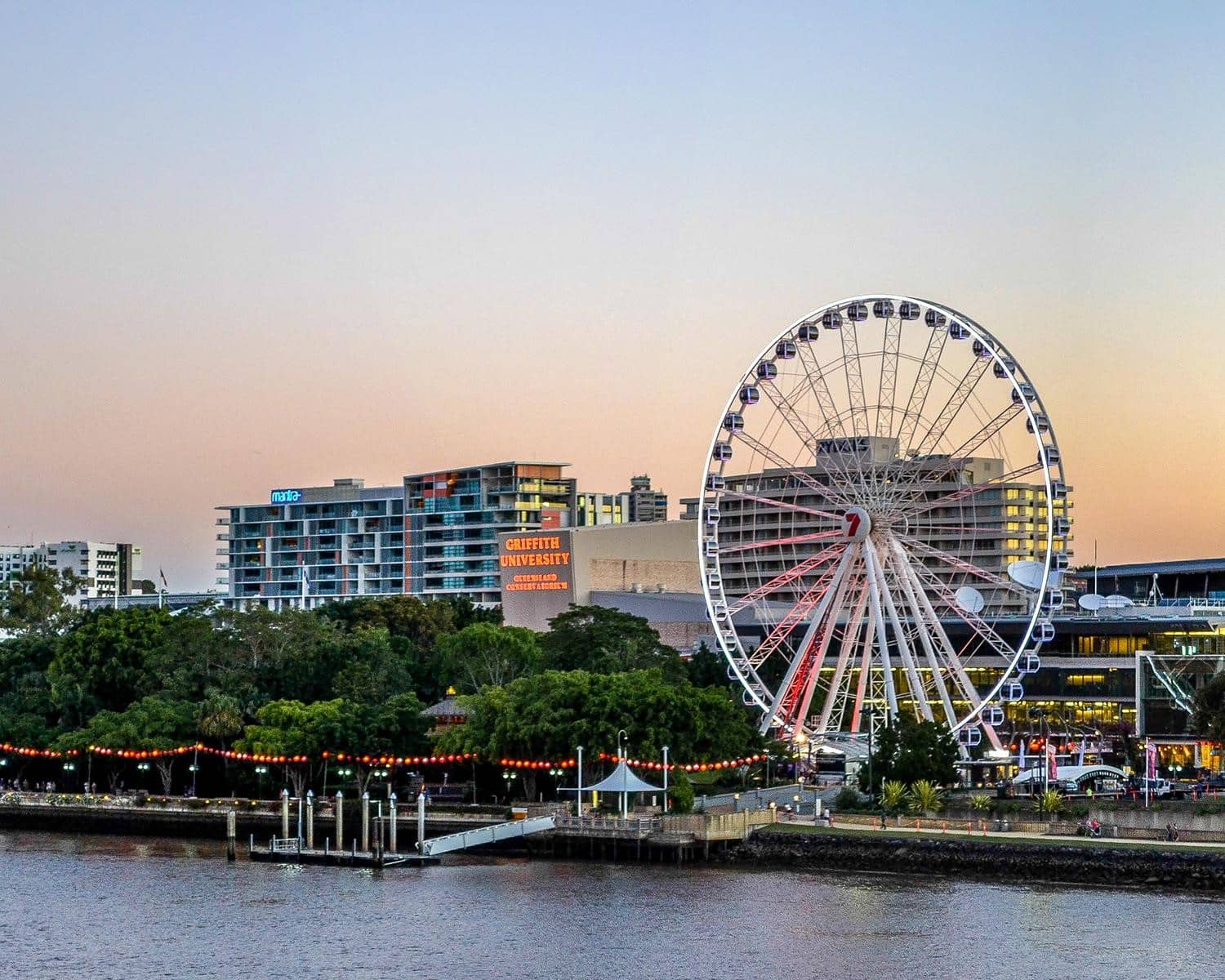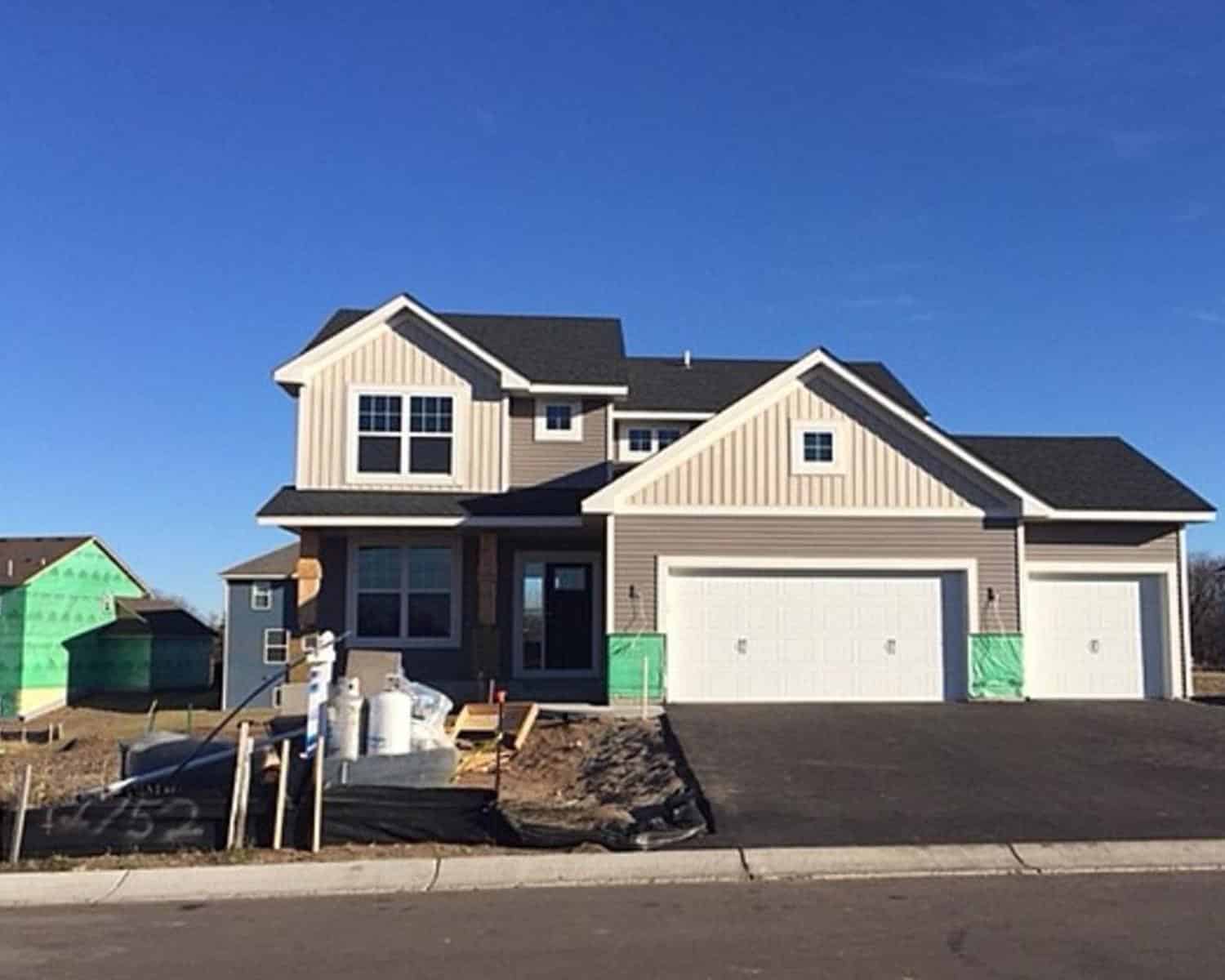How much thought do you put into choosing a property location? If you don’t research the location properly, you’re prone to making some crucial property location mistakes. These are 10 that often trip up novice property investors and first-time buyers.
Location is the most important thing to consider when buying a property.It’s a mantra that most people repeat. And yet, many people still make some major property location mistakes. They fail to find the right answers to the most important questions. Questions like “how do I find the right suburb for me?” Or, “what are the best kept secrets with finding the right location for my new home?”Find a good location isn’t an easy thing to do. In fact, it requires more research than you may realise. Failure to comprehend the scope of the task can lead to you making mistakes. For residential buyers, this may mean that you end up with a property that doesn’t suit your needs. For investors, you could buy a property that doesn’t suit the needs of the local market.This article aims to prevent this from happening. Here are 10 property location mistakes you must avoid.
Property Location Mistake #1 – Not Knowing Your Budget
It’s a problem that every homebuyer has run into at some point.You know that you’re nearly ready to buy a property. But you don’t know quite how ready. You’ve yet to speak to a lender, which means you have no concrete idea of what you can afford.But you start looking at properties anyway. You pick a location that you think will work well for your needs and you start dreaming about the perfect property.You may even find a place that meets your criteria. However, the meeting with your lender reveals a terrible truth. You don’t have the money needed to buy it. Suddenly, all of your research into the location goes down the pan and you have to start from square one.Not knowing your budget can lead to a lot of wasted time. Before doing anything else, talk to your lender. Figure out how much you have to spend before you start looking at the locations where you’re going to spend it.
Property Location Mistake #2 – Not Focusing on the Job Market
The local economy plays a huge role in the viability of a property purchase. For residential buyers, it tells you how likely you are to find work. A weak economy means fewer jobs. As a result, you could run into serious difficulties if you find yourself out of work.Investors have to consider the local job market too. If there’s no work available, your property will attract less demand. People just won’t have the money to afford the rent. This is the situation that Darwin found itself in. After the mining boom ended, the local economy tanked. People couldn’t afford their houses or rent, which lead to issues with the local property market.The perfect local economy doesn’t exist. But you need to figure out what your location has to offer in terms of jobs. Is the amount of jobs increasing? What’s the average salary for these jobs? What types of jobs are currently available and how diverse is the market?Failing to find answers to these questions can lead to you buying an undesirable property.
Property Location Mistake #3 – Choosing a Slump Area
Don’t let the general upward trend of Australian house prices fool you. There are still plenty of areas in the country that don’t guarantee yearly increases.If you buy in a slump area, you set yourself up for some problems. Homebuyers may enjoy lower mortgages. But they also run the risk of losing money when they come to sell their homes. Investors run into even more problems. They can’t attract high enough yields and may enjoy no capital gains from their properties when they sell.Don’t just look at a location’s performance in the present. Think about how it’s going to do in five, 10, or even 20 years’ time. If you buy in an area that’s set for a slump, you almost always lose out.
Property Location Mistake #4 – Not Looking for Preferred Pockets
Suburbs are much larger than you think. This means asking “how do I find the right suburb for me?” isn’t always enough. You have to think about what each area of the suburb has to offer.The real estate industry has a name for the best areas of a suburb. They’re called preferred pockets. Buyers want properties in these pockets for whatever reason. They may offer better amenities or be in closer proximity to schools. Whatever the case may be, these are the top areas in the suburb.Talk to your estate agent and ask about these pockets. You could even have them mark the pockets out on a map of the suburb.A property in a preferred pocket will generally cost more than one outside. But it will also grow faster. Investors can usually enjoy a bigger profit, especially when they get in early. Residential buyers will also see the value of their property boom as the suburb as a whole becomes more popular.
Property Location Mistake #5 – Not Checking Population Migration
This is a particularly important tip for investors. The local population migration statistics tell you a lot about the level of demand in a location. Failing to pay attention to them could set you up for a fall later on.Ideally, the location will have more people coming into it than leaving it. This offers several positive signals. When people migrate to an area, this usually means that it has a strong economy. As a result, you can rely on any tenants you take on to be able to pay their rent. Furthermore, this migration also creates more demand. You benefit from this because you can charge higher rents and earn more money when you sell.This is a common mistake because most people don’t think about population numbers when buying property. However, they actually offer a great insight into the potential success of your property purchase.
Property Location Mistake #6 – Not Visiting the Location
This doesn’t mean not visiting the property. Practically every homebuyer, be they residential or investors, will take the time to visit the property.This mistake relates to not spending enough time in the location as a whole. It’s about not exploring the neighbourhood and not figuring out the property’s proximity to local services. This mistake means that you don’t know what the location is like at night or what sort of people live there.Invest some time into getting to know the area. Take a couple of days to explore and experience it. This will give you a general feel about whether the location is actually a desirable one.
Property Location Mistake #7 – Not Tracking Infrastructure Trends
The amount that the local council invests into an area plays a huge role in property prices. Areas with top-quality infrastructure command high prices. Areas with plenty of planned infrastructure make great choices for those buying with an aim of profiting later on.It’s the locations with no infrastructure and nothing planned that present the biggest problems. They’re stagnant, which means the prices of the properties in them aren’t going anywhere either.Check the local infrastructure to see if it’s up to scratch. If it’s not, speak to the local authorities. Try to find out if there’s anything planned that will make the area more vibrant.Most importantly, avoid locations with no infrastructure. They’re money sinks that won’t lead to a return on investment. Moreover, residential buyers will find them difficult to live in.
Property Location Mistake #8 – Not Looking at the Price to Rent Ratio
This is another mistake that concerns investors more than residential buyers. Every location has a price to rent ratio. This is a formula that helps you to understand the economic viability of a property. Simply put, it can help you to figure out if you’ll make a profit on your investment.Thankfully, it’s a pretty easy formula to use. Just do the following calculation:Average value of a property in a location / Average annual rent in that location = The Price to Rent Ratio.The higher the ratio, the less rental income that the property will generate. Ideally, you’re looking for locations that have a price to rent ratio of 10 or below. Now this ratio isn’t the be all and end all of property purchasing. However, it’s a useful approximate estimate for investors. You can use it to determine if it’s worth investigating a location further. Failure to use it means a lot more time spent on research.
Property Location Mistake #9 – Not Knowing Your Target Audience
This is another big one for investors. Every location has a target audience. Some favour retirees, others favour families, and yet others favour young professionals.If you don’t know anything about your target audience, you can’t buy a property that suits their needs.This is where the population statistics can help. But instead of looking at migration, you have to look at demographics. Figure out what sort of people live in the area and think about what they’d look for in a property.This helps you to avoid buying properties that people in the location don’t want.
Property Location Mistake #10 – Listening Too Much to Other’s Opinions
The opinions of others can help you to make smart purchasing decisions. But they can also be a hindrance. Assuming somebody is more informed than you could lead to you missing out on a great property.Rely more on your own research than on what others have to say about a location. Take their opinions on board, by all means. But make sure that you verify those opinions while doing your own research.This mistake can lead to you writing off an area that has a lot of potential.
The Final Word
Buying a property is no easy task. On top of all of the paperwork involved, you have to put great thought into the location. Failure to do so can lead to the mistakes mentioned above. In most cases, buyers make these mistakes because they don’t dedicated enough time to research.That’s where we can help. The buyer’s agents at Cohen Handler can help you find all of the information that you need to work out if a property is right for you. Get in touch today and we’ll help you to find the perfect property.

